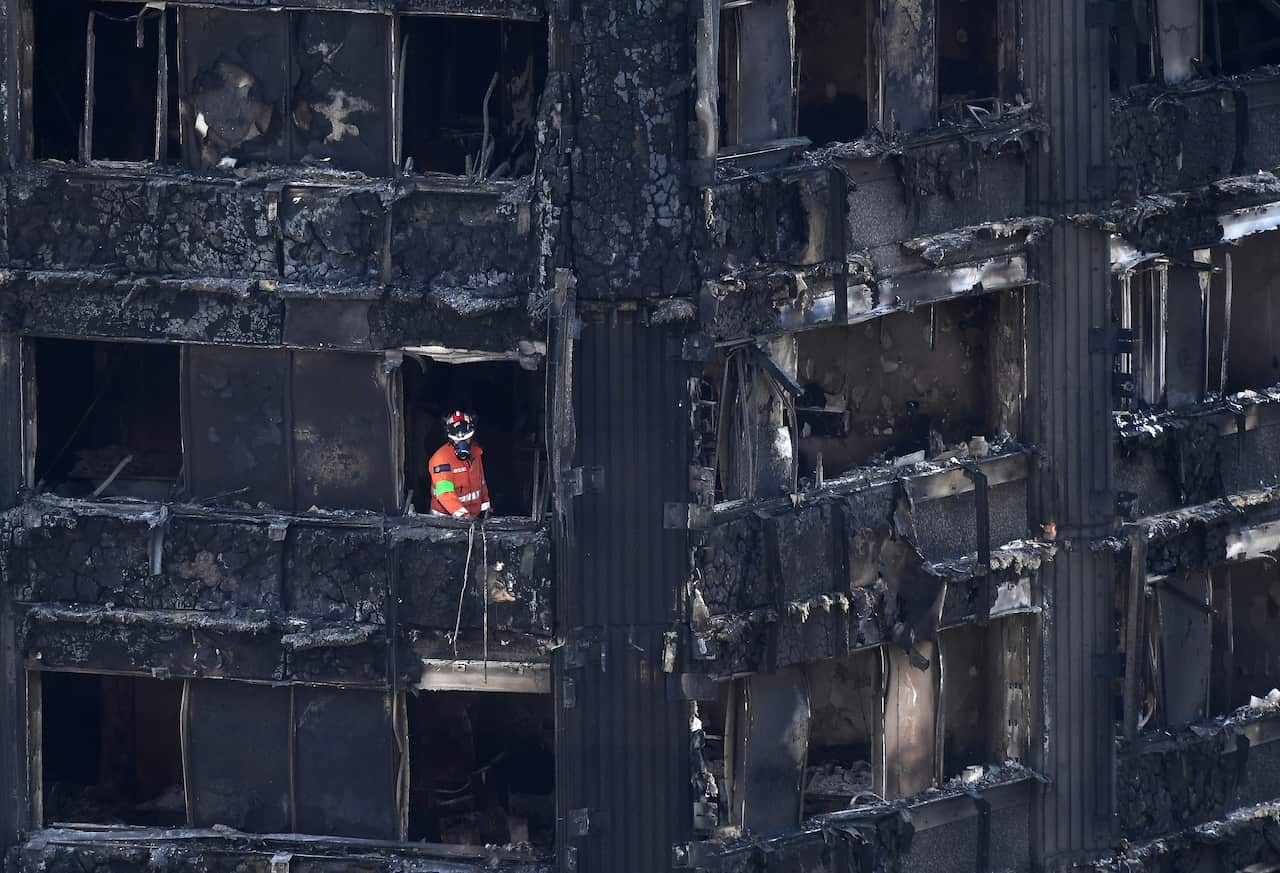The Cost of Compromise: Design Choices in the Shadow of Grenfell
The June 2025 release of Grenfell: Uncovered on Netflix has reignited global conversations about fire safety in high-rise buildings. The documentary investigates the 2017 Grenfell Tower fire in London, which tragically claimed 72 lives. It reveals a chain of systemic failures: regulatory complacency, substandard materials, and a disregard for basic safety protocols that allowed a small kitchen fire to escalate into one of the UK’s worst residential disasters.
A Facade That Became a Fire Trap
What turned a minor apartment fire into a 24-storey inferno in under 30 minutes? The cladding. Grenfell’s exterior was wrapped in aluminium composite panels (ACPs) with a polyethylene (PE) core - a material known to be highly flammable. This PE core material provided the fuel that allowed the fire to dangerously and rapidly spread up and around the entire building. These were chosen for their aesthetic and cost advantages, but they failed to meet the safety standards for residential high-rise applications.
The result was catastrophic. As Grenfell: Uncovered recounts through survivor testimonies and firefighter accounts, the building became a death trap. Residents like Marcio Gomes and his daughter Luana recount their escape from the 21st floor. Firefighters David Badillo and Chris Batcheldor relive the harrowing rescue attempts. These are not just stories - they're warnings.
Combustibility Is Not a Footnote
Investigations confirmed the role of flammable ACP panels, poor fire barriers, and non-compliant insulation in accelerating the blaze. In response, the UK government banned combustible materials on new residential buildings over 18 metres in 2018, requiring all materials to meet A1 or A2 non-combustibility standards.
But legislation is only one piece of the puzzle. Real safety comes from cultural change - from designers, developers, and suppliers who ask not just "Can we use this?" but "Should we?"
.jpg?width=600&height=450&name=Grenfell_Tower_fire_(wider_view).jpg)
Photo: Natalie Oxford CC BY 4.0
Australia's Reckoning
Since Grenfell, countries like Australia have launched widespread audits, introduced stricter codes, and initiated major rectification programs. But ticking compliance boxes is no longer enough. Architects and specifiers must understand:
- How materials behave in real-world fire scenarios
- Whether they meet local fire test standards
-
How they are installed and maintained
Accountability begins long before construction. It starts at specification.
For the Specifier: The Weight of a Decision
Specifiers aren’t just selecting finishes—they're safeguarding lives. Every product selected should be questioned:
Is it compliant?
Has it been tested in large-scale simulated fire tests and met Australian Standards requirements?
Has it passed relevant fire tests?
Can the supplier back this up with documentation?
The Grenfell disaster proved what happens when these questions aren't asked. The new expectation is non-negotiable: materials must meet code, and suppliers must prove it.
72 Lives, A Permanent Reminder
The 72 people who lost their lives at Grenfell aren’t just a statistic—they are the reason for every fire test, every audit, and every tough conversation about cladding. We owe it to them to never cut corners again.

Photo: SBS.com.au
Rebuilding Trust With Smarter Choices
The ripple effect of Grenfell has changed the facade industry globally. In Australia, this has led to more stringent assessments, product bans, and greater education. Grenfell: Uncovered is a hard watch - but an essential one. It makes one thing clear: the specification stage is not just technical; it is moral.
At The Arc Agency, we know that specifiers need more than product brochures - they need knowledge.
That’s why we continue to support the work of our long-standing partner, Network Architectural, a trusted name in compliant façade solutions and industry education. Their CPD presentations provide architects and builders with the critical knowledge needed to make safer, smarter material selections. Topics include:
- Fire-safe façade design principles
- Compliance with AS 5113 large-scale façade fire testing
- Understanding the real-world risks behind polyethelene-core ACPs and other unsafe or poor-quality materials
- Product selection that balances compliance, performance, and sustainability
Network Architectural’s CPD sessions don’t just reference Grenfell – they teach the lessons it left behind.
Want to be part of the change?
Grenfell: Uncovered is now streaming on Netflix.
Watch it. Talk about it. Let it drive better design decisions - because real change starts long before the first brick is laid.
Continue the conversation at ArcCPD Live this September
Join Network Architectural on Day 1 of our 2-Day ArcCPD Live event, where they’ll explore the life cycle value of aluminium facade systems - balancing performance and sustainability.
🔗 Explore the full ArcCPD Live program
Want more from Network Architectural?
Visit their website to book a session or browse upcoming CPD events.
Feature image credit: EPA






